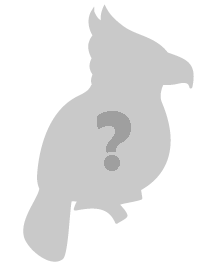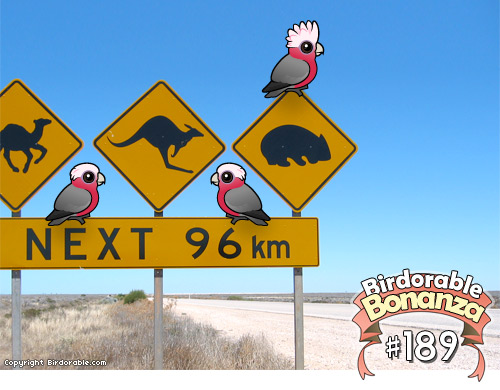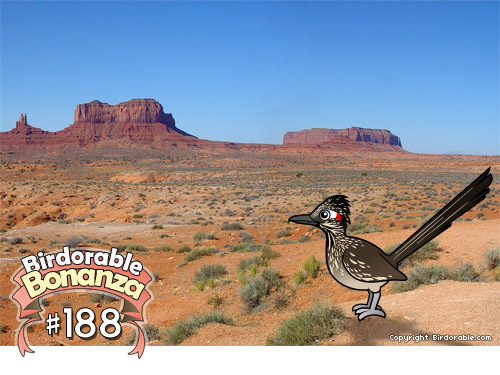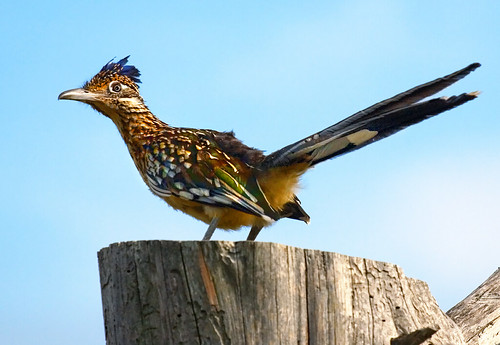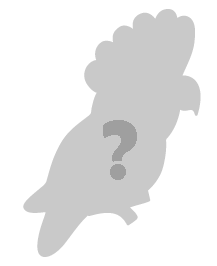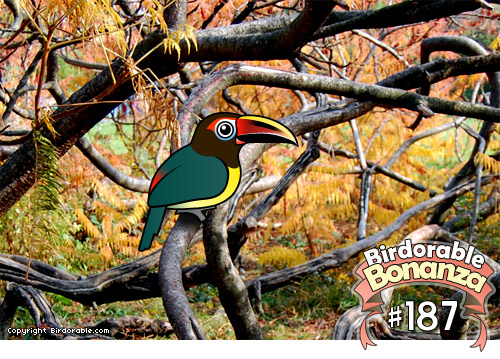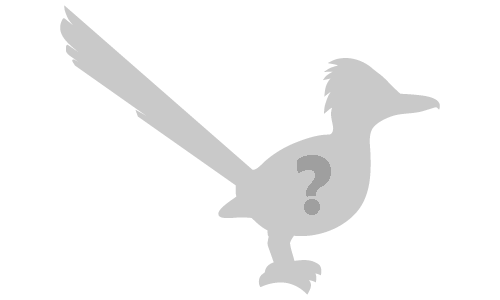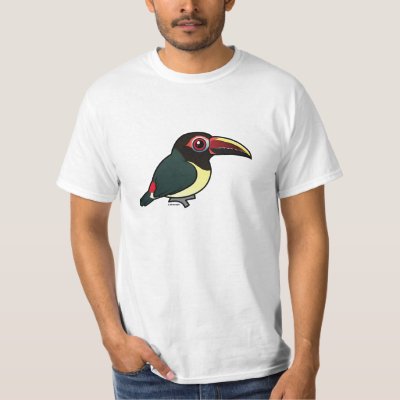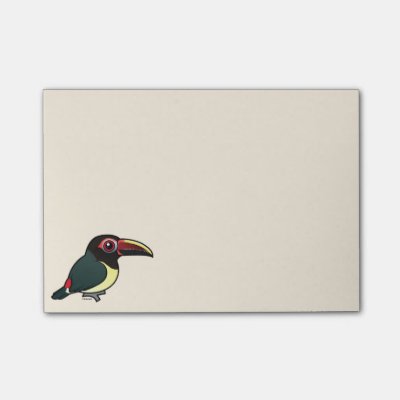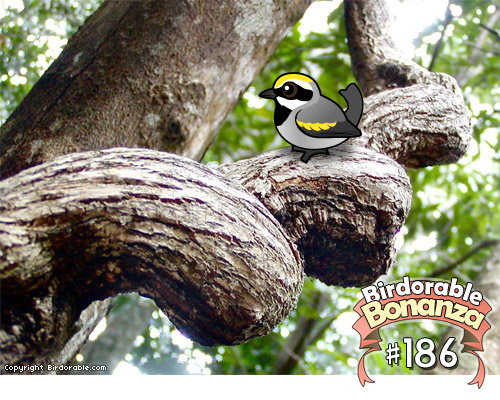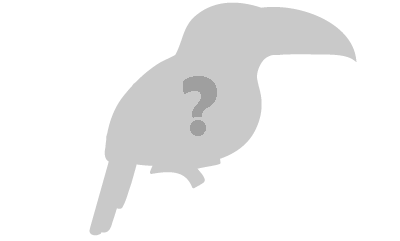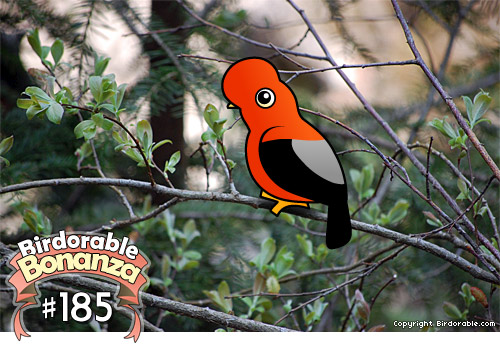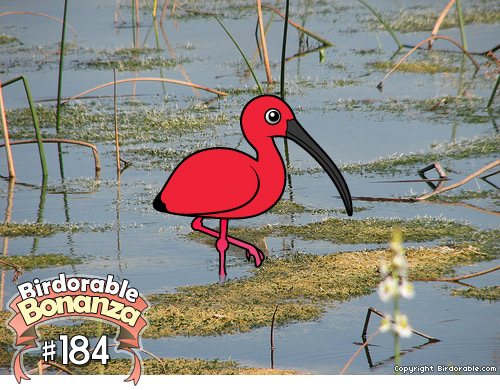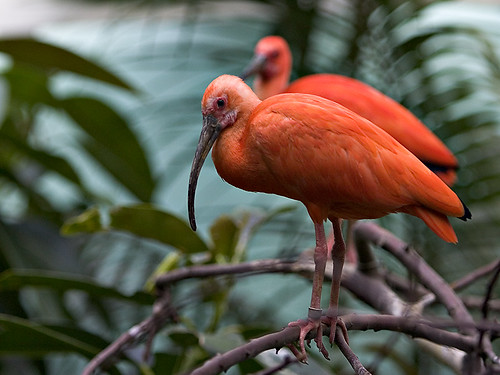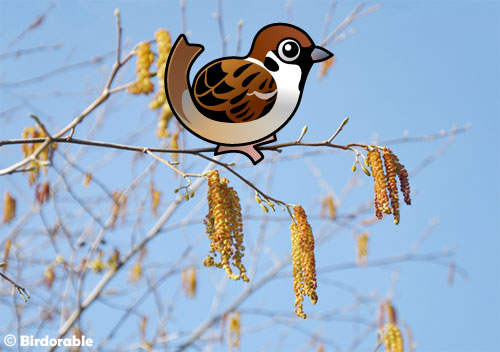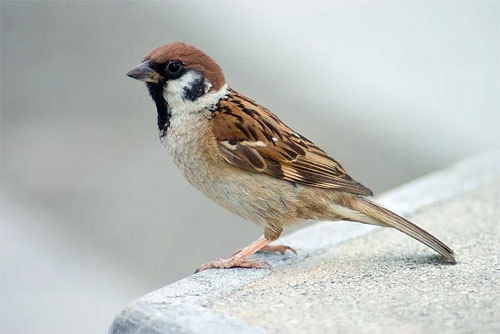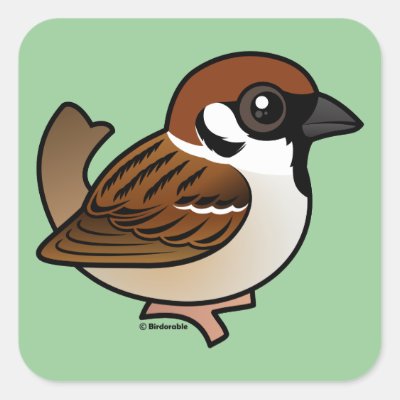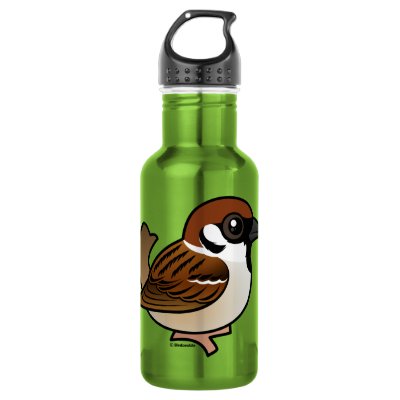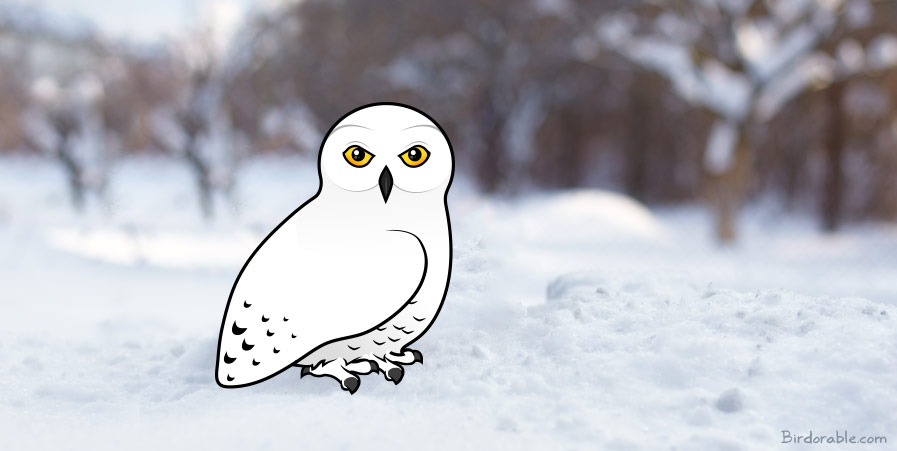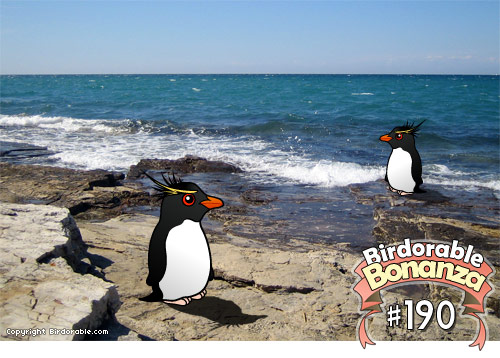
The Birdorable Bonanza continues with our 190th Birdorable: the Rockhopper Penguin. There are actually three species of Rockhopper Penguins -- Southern, Northern and Eastern -- that until recently were considered conspecific under the name Eudyptes chrysocome. The Southern Rockhopper Penguins are thought to have a global population of about 1 million pairs, two-thirds of these breeding on the Falkland Islands off Argentina and southern Chile. Their breeding colonies in South America are a popular tourist destination. Some of the characters in the animated feature film Surf's Up are Rockhoppers and one of the characters voiced by Robin Williams in Happy Feet is a Rockhopper as well. :)
Until the 31st of July we'll be adding a new bird every day as part of our Birdorable Bonanza until we reach #200 at the end of this month. Here's a preview of tomorrow's bird:
